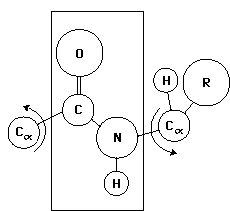TLS Online TPP Program
More Questions
TLS Online TPP Program
#Question id: 658
#SCPH01 Biochemistry
To what level of structure do α-helices belong?
TLS Online TPP Program
#Question id: 658
#I Life Science/ Life Sciences Group – I-V
To what level of structure do α-helices belong?
TLS Online TPP Program
#Question id: 658
#SCPH05 I Biotechnology
To what level of structure do α-helices belong?
TLS Online TPP Program
#Question id: 658
#SCPH06 I Botany
To what level of structure do α-helices belong?
TLS Online TPP Program
#Question id: 658
#SCPH28 | Zoology
To what level of structure do α-helices belong?
TLS Online TPP Program
#Question id: 659
#SCPH01 Biochemistry
What does it mean to say a protein is oligomeric?

